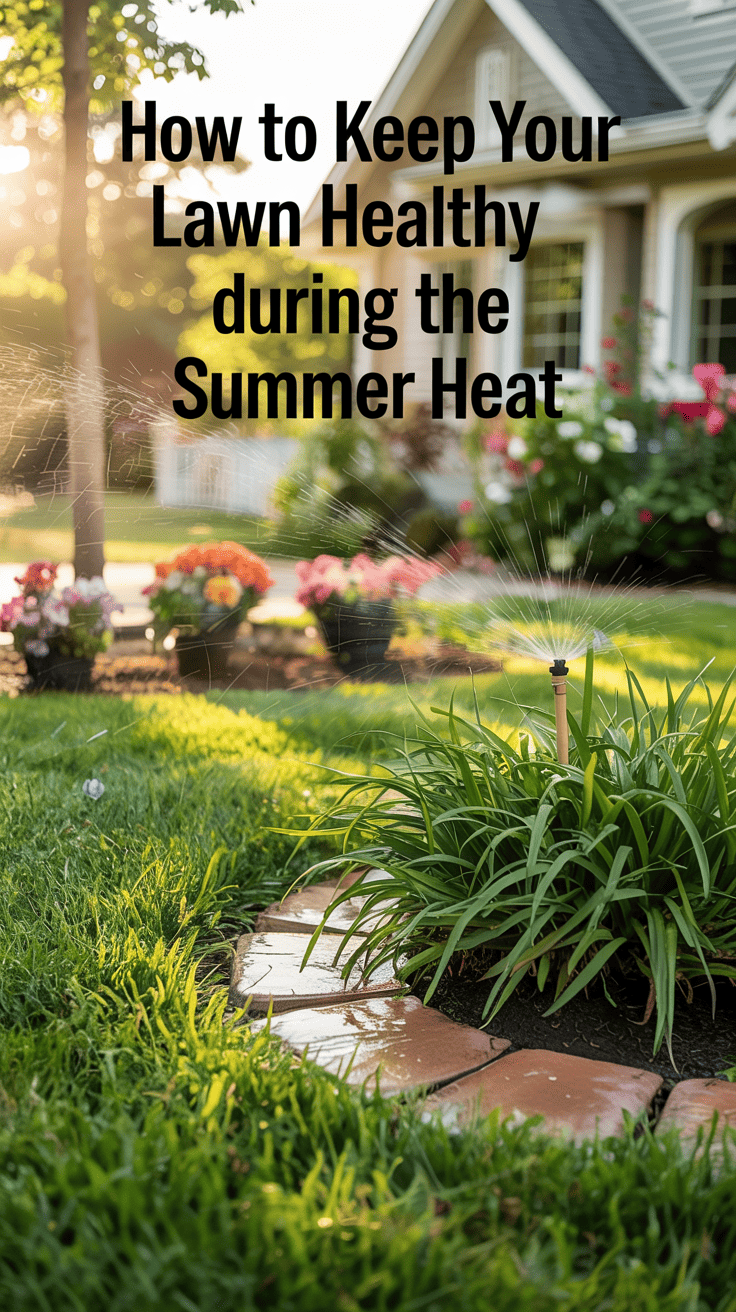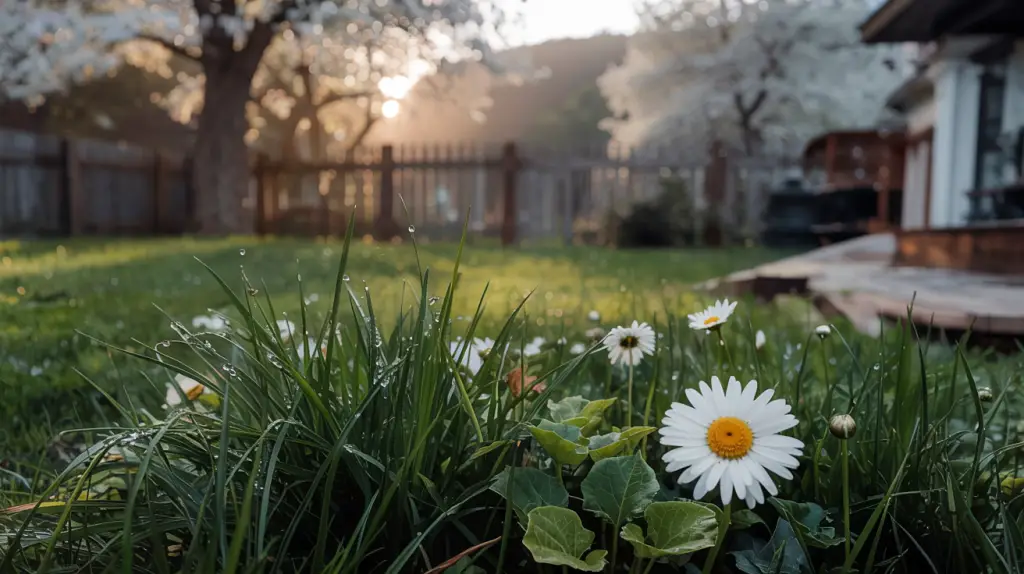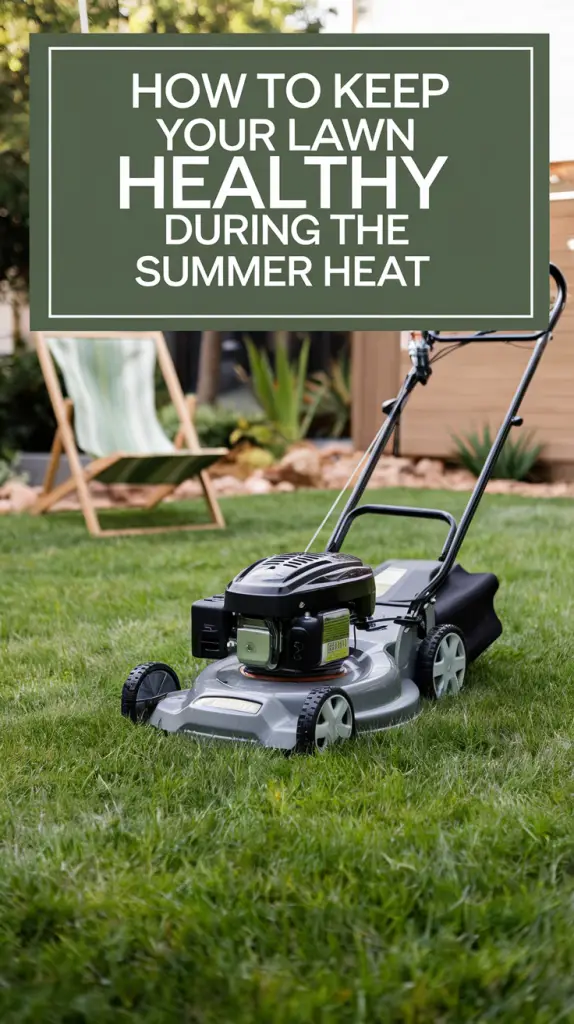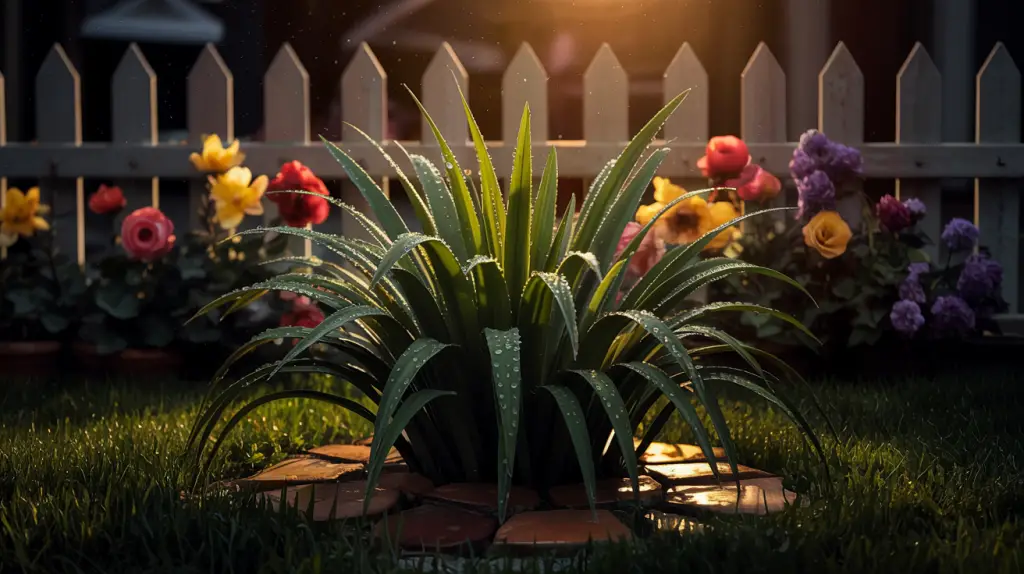How to Keep Your Lawn Healthy During the Summer Heat in 2025

Were you aware that by the middle of July 2024, over 40% of residential lawns in Southern America showed visible signs of heat stress? Your lawn might be at risk more than ever before with maintaining heat through burn peaks forecasted in 2025.
On a lighter note, you don’t need years worth of landscaping knowledge or a degree to maintain a healthy green lawn, just a few tweaks to follow and water strategies approved by extreme-weathered experts.
Every gardener skilled, amateur and in between will find logical science techniques to keep the lawn alive, from deep watering schedules to types of heat-resistant grass, shredding mulch, mowing, and even common lawn care blunders to sidestep.
Who should read this?
Anyone with a proclivity goes regardless of skill level makes them part of the audience exposed to these practical stubborn green lawn solutions.

Why lawns suffer in Extreme summer heat
It gets hot every single summer month, and the sun beats down making it scorching hot. From crisp to everything brown your lawn needs to go through an immense amount of stress, the show of symptoms start gradually which switch to a full force growl within no time.
Understanding Physiological Stress in Turfgrasses During Summer
As temperatures increase, grasses suffer physiological stress, which slows growth and causes cell dehydration. In high temperatures, the process of photosynthesis is not as efficient, and many species of grasses undergo dormancy to withstand the heat.
Harmful Effects of Heat on Turfgrasses
- Brownish or yellowish spots
- Curling or crispy grass blades
- Unequal growth
- Soil that is dry and hot to the touch
Responses vary among grass species. Kentucky Blue grass and fescue are considered Cool Season Grasses and are more vulnerable to heat. Warm-season grasses such as Bermudagrass and Zoysia are more tolerant.
Right Selection of Grasses for Your Area with Consideration to Heat
Prior to the initial planting or reseeding, it is important to select a type of grass that can endure the summer extremes in your region.
Best Grass Types for Hot Climates
These steps are ideal for you if you reside in zones 7 to 10:
| Grass Type | USDA Zones | Heat Tolerance | Water Needs | Growth Rate |
|---|---|---|---|---|
| Bermuda | 7-10 | High | Low | Fast |
| Zoysia | 6-10 | Moderate | Medium | Moderate |
| Buffalo Grass | 5-8 | High | Very Low | Slow |
Why Grass Choice Matters.
Choosing the correct variety of grass is vital, some can save a customer more than $500 in summer maintenance costs. Buffalos possess the highest level of heat tolerance, followed by Bermudas.
Deep and Infrequent Watering: The Golden Rule
This rule can be altered slightly as cross striped Buffalo grasses B. c. K. s. Take a more visually appealing lawn, though the stocky Zoysia possesses the lowest drought tolerance.
How Much Water Does Your Lawn Need?
The most efficient way to water any lawn area is by using sprinklers, specially during strong rains. Additionally, setting them on automatic timers allows hands free control and means their only supervision at the property once a week.
Most lawns require about 1 to 1.5 inches of water per week, including rainfall. that need might increase slightly but never more is always best.
Watering Advice:
- Early morning watering (before 10 AM) avoids evaporation.
- Water twice or three times a week at a deep level instead of every day.
- Use a rainfall tracker or tuna can as makeshift tools to measure sprinkler output.
Helpful Hint: Encouraged shallow root growth and disease can stem from overwatering. Allow the soil to dry in between watering intervals to promote rooted systems.
Which are your day-to-day activities? Are you over watering and are unaware?
Strategies to Mow for Protection from Heat
Although mowing appears to be straightforward, performing this activity in hot weather incorrectly can damage even the healthiest lawn.
Grill Your Lawn
The overexposure to sun and heat during cutting does lead to shedding of grass. More so than is preferred.
Ideal Mowing Heights Sorted by Grass Type:
- Bermuda: 1.5–2 inchs
- Zoysia: 2–3 inchs
- Tall Fescue: 3–4 inchs
Mowers should also have sharp blades installed so stress and disease fighting cuts do not result in jagged cuts.
Best Mindsets:
- Never chop more than a third of blade height on a single go.
- To avoid moisture and nutrients loss, leave clipped grass on the lawn.

Soil Health and Mulching In Summer
The combination of soil as well as mulching creates a powerful tandem that helps a lawn in mulching in withstanding direct sun in summer.
Advantages of Organic Mulch
Grass clippings, shredded leaves, and compost not only retain water but nourish the soil. Organic mulch makes the most of soil moisture levels.
Mulch Application Guidelines:
- 1-2 inches of mulch is fine.
- To prevent rot, keep mulch 1 inch away from grass crowns.
- During hot spells, feel free to reapply mulch on a monthly basis.
Deep, even strata of compost imbedded into the soil, enhances soil’s texture and improves its moisture retaining capabilities, providing a boost to soil vitality in summer. This in turn ensures healthy grass growth.
Is it Advisable to Fertilize in Summer?
Less Harmful Options:
- Apply fertilizers containing potassium that release slowly
- Better early morning or post-rain sprinkle application
- Put off for peak temperature times (12–4 PM)
Pro Tip: It is highly recommended to check the soil first before applying any products. There may be a likelihood whereby the nutrients that are being added are not required.
Resilience In Summer, Shade, and Aeration
There is much more to improving water and air circulation around the lawn than watering, especially when trying to increase resilience during summer.
Smart Aeration
Aerating helps to improve the inflow of air, water and nutrients to the roots. However, there is a lack of proper timing. Do not use mechanical aeration when there are extremely dry conditions.
Do it manually to small problem areas with spike shoes or other aid instead.
Create Shade Wherever Possible
- Mobile lawn shades or shade cloth
- Strategic placement of shrubs or ornamental grasses
- Construct decorative pergolas or garden umbrellas
Water loss is much lower in these areas so grass has a break away from continuous exposure from sun.

Mistakes Made In Lawn Care
No matter how clean one tries to keep the area, carelessness can undo all these plans while the temperatures reach the summer peak.
Top 5 Errors in Hot Weather Lawn Care:
- Frequent shallow watering
- Cutting grass too short
- Fertilizing in the heat of the day
- Ignoring tells of fungal disease
- Allowing foot traffic to compact soil
These mistakes are incredibly easy to overlook, especially when you are using outdated lawn care guides.
Have you made one of these mistakes this summer? Don’t worry, most people do, so now you simply know what the corrective measures are.
Real life tips from a Texas homeowner
“My lawn was on the brink in July 2024. How did I cope? I dialed onto 106F every day. What saved it was being ahead of the curve. I activated a smart irrigation controller linked to local weather info. I mulched weekly using grass clippings, bypassed summer fertilizer, and hiked my mower height. My neighbors were cough grossed my lawn remained green by mid August.”
Always try the stuff that extreme climates tend to get right. More often than not, it’s less about doing more and more about working smarter.
New Lawn Tech & Trends to Watch in 2025
- Smart Sprinkler Systems: Connect with meteorological satellites to prevent overwatering
- Drought-Tolerant Grass Hybrids: Enhanced pest and heat resistance
- Organic Soil Boosters: Homeowners can now purchase probiotics and biochar
- Minimalist Lawn Design: The removal of turf in-lieu of native plant xeriscaping and more

Summary: How to Keep Your Lawn Healthy This Summer
- Use grasses with higher tolerances for heat
- Water infrequently but deep
- Sharp and high mowing
- Mulch extensively
- Wise fertilization, or none (better option)
- Reduce compaction and create shade
- Act early and quickly if stress is experienced
So what do you think? Have you already devised a flawless summer lawncare plan that suits your area? Leave a comment below and tell fellow readers what has worked with your experience!




